Lani:
When you talk to backpackers, they’ll rhapsodize about Sumatran jungle treks, karaoke sessions in bamboo shacks, and all the supposedly weird and exotic things they have swallowed, smoked, shat out and climbed up along the way. But they’ll almost never talk about hotel rooms. And why should they? Hotel rooms are hopelessly bland, people think. They’re protective cocoons. They shield guests from the maniacal, complex world of backpacking Asia. And, most of all, hotels aren’t really authentic — certainly not a part of the “real” travel experience. They are, as common wisdom dictates, just places to sleep.
But is this true? To a certain extent, the criticisms are valid. The hotel industry thrives on the generic: miniature toothpaste tubes, white towels, tiny oval soaps, and clean sheets. To accommodate guests, hotel often recreate “home,” so people can pretend that they’re still in Beijing, Milwaukee, or wherever they’re from. Breakfast are odd fusions, like mushu pork with scrambled eggs. Flat-screen TVs turn tourists into foam-mouthed zombies, glued to BBC, CNN and Chinese soap operas.
And, yet, that’s only half the truth. The other half is that, for a budget backpackers like us, sleep accommodations are rarely luxurious. They’re not even very nice, so you can forget about consistent cleanliness, air-conditioning, and quiet nights. In our four months of backpacking, hotels have proven more disastrous, more revealing and stranger than I ever imagined.
We began our backpacking trip in Japan. We were typically spending $40-80/night on sleep arrangements, which obviously sucked. I’m sure some (rich or lucky) tourists find great deals in Japan — but, in our experiences, the pickings were slim. Every few days, we resembled anxious and crazed baboons, scrambling to find any cheapish room in tourist-saturated cities like Tokyo and Kyoto. And when we did find rooms, they were kind-of depressing, sparsely furnished with only a bed and bathrooms in the hallway. The locations weren’t great, somewhere far from the train, and taxis in Japan are not cheap. Now, this was Japan, so the rooms were clean and the toilets were epic. But, to put it bluntly, our rooms were crappy and expensive; I couldn’t help imagining all of the money bleeding from my bank account.
So, when we discovered love hotels in Japan, it was our absolute savior, as if the Travel Gods had sparkled Hello Kitty party dust on our cheap-ass lives. If you think Japanese love hotels are comparable to sleazy American motels, you’re dead wrong. In fact, love hotels are some of the best deals in Northeast Asia. I couldn’t recommend them enough. For a reasonable rate, like $40/night in Osaka or $14/night in Tainan, you can get a fabulously spacious room. The beds are large, like queen or king-sized, which isn’t common for budget Asian hotels. As an added perk, you can typically smoke in the rooms or hallways, and the staff are very hands-off. Since the hotels are designed for lovemakin,’ your room will come equipped with goodies like flavored condoms, lubricants and, in one case, fake silk bathrobes. In Gwangju, our hotel even posted a sign instructing guests to fuck quietly since, you know, they have neighbors and all.
To take a step back, love hotels are not brothels. Yet their history is interwoven with Japanese sex work. In Tokugawa-era Japan (we’re talking the 17th century), the Shogunate wanted samurai to keep their sex lives discreet — in other words, away from the public — and so a red-light district developed in Kyoto. Teahouses or inns were established in these areas, and many created secret passageways leading to private rooms. The rooms were patronized by all sorts, from prostitutes and johns to secret lovers. Over time, the soboya (soba restaurants) grew into fronts for private rooms, as well. Then, after WWII, a sex-starved generation of American GIs brought a new wave of brothels to Japan. In 1958, prostitution became illegal, and the sex industry went underground. This created a market for “love hotels,” places where people could discreetly pay by the hour and the staff had limited, if any, contact with the guests.
Today, love hotels are popular with both lovers and everyday tourists, yet they remain incredibly discreet. When you make a reservation or pay for a room, you often don’t see the hotel staff, who sit behind darkly screened windows, and the parking lots are hidden from public view. This makes it easy for, say, a Tokyo businessman and his secretary to meet for illicit trysts, despite their marriages, and escape from public humiliation. The sense of propriety, however, ends there. You can easily recognize love hotels from their flashy facades, which look like run-down Vegas hotels with fake Greek columns, assorted Egyptian hieroglyphics, massive painted eyes and other stereotypically sensual imagery. Once you enter your room, you’ll often find it decorated with a tacky theme, such as space travel, classrooms (for naughty schoolgirls!), Ramen (yes, Ramen as a theme) and plush BDSM play-pens.
For our first Japanese love hotel experience, we stayed in a Hello Kitty-themed room with a pink plastic piano (see video above for a glimpse). Later, in Gyeongju, South Korea, we stayed in a nearly empty love hotel with a Greek island theme. The room was liberally splattered with soft blues and whites, with words like “Happy,” “Exclusive” and “Lovely” written on the walls. At night, we slept behind a grainy image of a Greek island paradise. In Taiwan, I couldn’t make out any noticeable theme to our room, other than the fact that it was spacious and not shitty. But, no matter where we went, I adored our rooms.
Our love hotel party, however, ended in Hong Kong. The transition from Taiwan to Hong Kong turned out to be much bigger than switching from Mandarin to Cantonese. Taiwan was steamy and congested at night, when the night markets swallowed the city, but it was a relatively quiet country overall. Honestly, nightlife in Taipei seemed more heavily dominated by bubble tea than alcohol. Outside Taipei, it was even more placid. But in Hong Kong, the streets were full of hustle — Hong Konger hustle, British hustle, American hustle, mainland Chinese hustle. The expats clamored for astounding views at shatteringly fancy rooftop bars, and talked of trade, finance, artisanal coffee, Michelin-star dumplings, Beijing affairs, Chinese baby formula scandals, life in Hong Kong, life after Hong Kong, in a roar of life.
We found ourselves staying at Mirador Mansions, an imposing concrete tower in the Tsui Sha Tsui district of Kowloon. While the name includes the world “mansion,” do not mistaken. This was no mansion. Rather, Mirador Mansions reminded me of a futuristic city-within-a-building, like in the comic book “Dredd,” except in a world where Cantonese intermingled with English, and an infinite series of clotheslines wrapped the walls like Christmas ornaments. Our room was extremely cramped, in typical Hong Kong style, with one window facing a concrete wall.
Mirador Mansions was located on Nathan Road, a bustling commercial boulevard. There was always noise — power drills in the morning, teenagers shouting down the street. But, more than anything, there was the clamor of drug dealers, standing in the Mansion entrance, hawking their wares. Also known as “watch-sellers,” these hyper-aggressive street hustlers spent their days approaching pedestrians, asking if they wanted to buy “watches.” The “watches” were hashish, which they claimed came straight from Nepal. They said they had all kinds of “watches,” both cheap and expensive.
Sure, Mirador Mansions was shady. But this was still Hong Kong — incredibly safe, with a lightning-fast public transportation system and English spoken nearly everywhere. Shit felt easy. However, by the time we reached the Philippines, things changed. The extreme joys and difficulties of life in the Philippines hit us immediately, where street children and meth-heads, doped up on Yaba, lived by side-by-side with aspiring Filipina pop stars and loud-mouthed street vendors. The street cats of Manila seemed like the fiercest, most driven cats I had ever seen, and Chinatown fascinated me with its dilapidation, history, grandeur. In Manila, hotel staff tried to cover up the anarchy, to provide a safe haven. But the realities of Manila were only right outside the door.
As a Western traveler, one of the most uncomfortable sights was simply seeing other Westerners — and, by that I mean, the sex tourists. No matter where we stayed in the Philippines, we always seemed to spot older white men with much younger Filipina women. In Puerto Galera, we rented a seaside bungalow, and nearly every bungalow surrounding us was occupied by a Western john. They lay in their hammocks, shirts unbuttoned and San Miguel beer in hand, as women rotated through their doors. Maybe the bungalows were advertised as “peaceful” places online, some sort of “escape” from the real world. But the bungalows were, in a certain sense, the real world. They were the final destinations of so many men and women, eating overpriced spaghetti, looking to get laid or make money in a lonely town.
The issue of sex tourism in the Philippines is so complex, and so much can be written that goes beyond this blog entry, which I hope to do later. But I’ll just say, for now, that Filipino hotels are rarely just hotels; the realities of sex, power and money glide past you and demand your attention.
Once outside Manila, budget hotels had all the typical Southeast Asian issues: air-conditioning and wifi that didn’t work, toilets that didn’t flush, cockroaches in the bathrooms, faucets with opaque water, and rooms that smelled off. One time, a giant cockroach climbed onto Jared’s face as he tried to fall asleep, and he jumped in horror, running around the room, trying to kill the cockroach, until it finally met its fate underneath his sandal. We dealt with theft, too, when our friend’s money was stolen from our room, and I felt horrible about that. Yet, despite all the mishaps, I found our experiences to be a part of the Philippines, where so many people dealt with dirt and inefficiency, and things could turn out phenomenal or absolutely dreadful. We never had a great hotel experience in the Philippines, but we had many great nights. It was a country where people knew how to enjoy life, even with very little.
By the time we reached Kuala Lumpur, I was relieved to be in an organized, low-crime city. But Malaysia wouldn’t be free of issues either. If anything, we would encounter something much worse than Filipino cockroaches or dirty sheets on the Malaysian island of Pangkor.
Pangkor is a small western island, usually forgotten by tourists who prefer Tioman or the Perhentian Islands. But, since Jared had already visited the more popular Malaysian islands in the past, we decided to check out Pangkor. When we arrived in Pangkor, we didn’t have a hotel room booked in advance; we wanted to scope out the area for good deals. So, when we finally found a private room with aircon, a balcony and bathroom for 60 Malaysian ringgit a night (about $14), we took it.
For a Malaysian resort island, this was a great deal. We watched hornbills from our private balcony, and local food stands, selling fresh fish and laksa soup, were right outside our door. But, two days later, I realized why the room was so cheap. As I put on my bathing suit, I saw tiny red dots along my body. They covered my chest and lower back as well as my arms and neck. Damn, we had fucking bedbugs in our room! For the rest of the day, we swam and forgot about the critters. But, by nightfall, I was back in bed, trying to sleep. At first, I was okay. But, then, I woke in the middle of the night, covered in bites, and I began furiously scratching my body. At that point, I think I went temporarily crazy. You see, the thought of blood-sucking creatures crawling up my body, and how they survived nearly everything, and how they would probably survive a cyanide-drenched meteorite that killed all other species and plant life on earth, made my skin crawl. So I leapt out of bed and began frantically searching for bugs. To my horror, I saw blood stains on the sheets — a sign of bedbugs, ugh. At that point, I decided to spend the rest of the night on the balcony.
Shortly after sunrise, I spotted a macaque from our balcony, walking along the electric lines. Then there was another monkey, and a baby followed. The “trash monkeys,” as Jared calls them, had unfortunately arrived. As the name implies, trash monkeys survive (either partially or almost fully) on human trash, and can be found in towns across Asia that have lots of tourists, like Goa and even Pangkor. They are incredibly confident and aggressive, running up to people, grabbing food out of their hands, and often stealing expensive equipment, like cameras and cellphones, which they tear apart, examine or play with before throwing away. For most travelers, trash monkeys are both a common inconvenience and an absolute nightmare. They travel in large packs, they can be kind-of violent if they don’t get their way, and they like to steal things that humans value. So, when I saw trash monkeys, I knew it was my time to leave the balcony. I rushed back inside of our room.
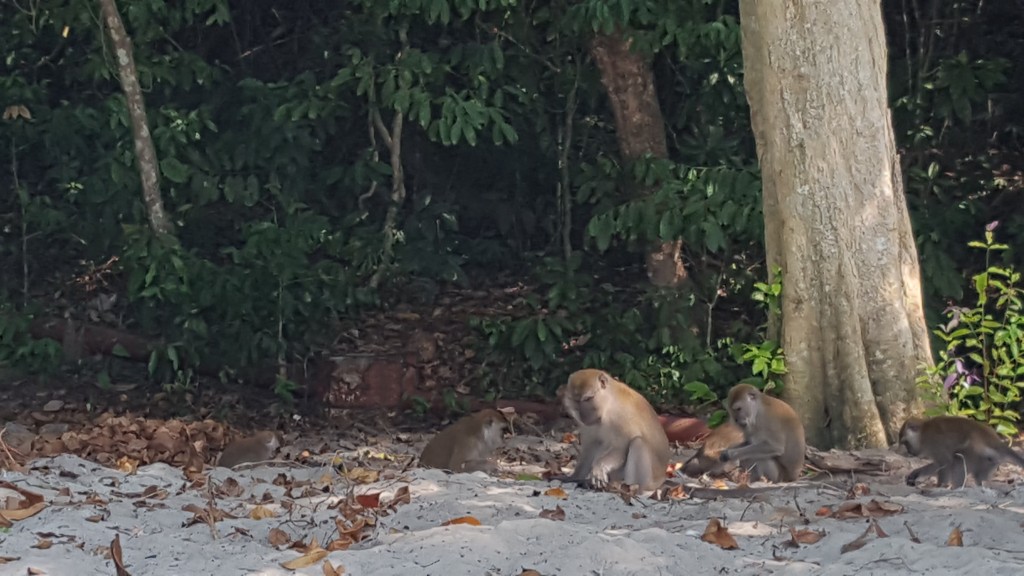
The trash monkeys of Pangkor. I took this photo on our first day on the island, shortly after the alpha male of the pack stole our chips away.
In a matter of minutes, fifteen or so monkeys had stormed the roofs of our street. There were maybe four to five on our balcony at any given time. The monkeys turned over everything, trying to find food, and then discarding any items that proved useless. One monkey tore apart a soda can that we had left on the balcony, leaving it looking like an abused corkscrew. The monkeys peered through our hotel room window, their small heads pressed against the glass.
Before leaving Malaysia, we spent a few more nights in Kuala Lumpur. During one of those nights, a woman went mad (or so it sounded) in our hotel hallway. She banged doors and shouted hysterically, throwing luggage down the hall, and accusing a man of things that I didn’t understand. When we approached the man about the noise, he was bewildered. “I just met her in Singapore,” he said, “and asked her to come with me to Malaysia. I don’t know what’s going on; she’s crazy.” At around 6 am, the noises died down. I have no idea what happened between those two that night. It was just another glimpse of life, observed from our hotel room.
We’re currently in Yogyakarta, Indonesia at yet another hotel. Now that we’re in Indonesia, we have to deal with a new issue: Islamic conservatism. It’s nothing compared to the Persian Gulf countries, I’m sure, but certain hotels will not shelter us because we’re an unmarried couple. This surprised me, considering that Indonesia is religiously lax compared to most other Muslim nations, and we didn’t encounter this issue at all in Sumatra (though, of course, we never visited Aceh, which is under Sharia law). Yet, it seems that certain hotels in Jakarta have a strict married couples only policy, and they may request a marriage certificate from their guests. Fortunately, this is not a universal requirement. We found a lovely, affordable hotel in the Kuningan district of Jakarta, which doesn’t care about our religious choices or sex lives, so we stayed there.
In the last four months, we’ve done CouchSurfing and AirBnB. We’ve stayed in hotels, hostels, guesthouses, bungalows, campsites, apartments and homes. Many of our memories will happen outside of our hotel room, but certainly not all of them. Each place reflected the hosts’ efforts to accommodate outsiders. We saw what the hosts wanted us to see, and we also saw what they didn’t necessarily expect or prefer for us to see. We saw dirty water, cockroaches and monkeys. We saw aging sex tourists and maniacally angry Singaporeans. We saw Korean interpretations of a Greek island paradise, and we learned how Japanese lovers kept their secrets safe. For us, hotels were never predictable. They were amusing, dirty, wild and occasionally welcoming. They provided something real, if not some kind of home, until we packed up our bags and moved on to the next.

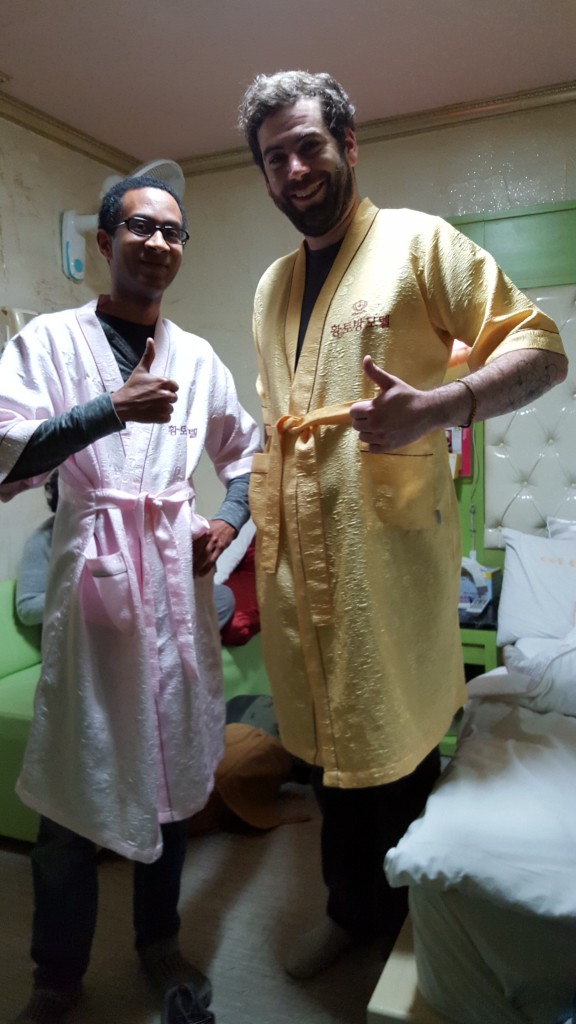
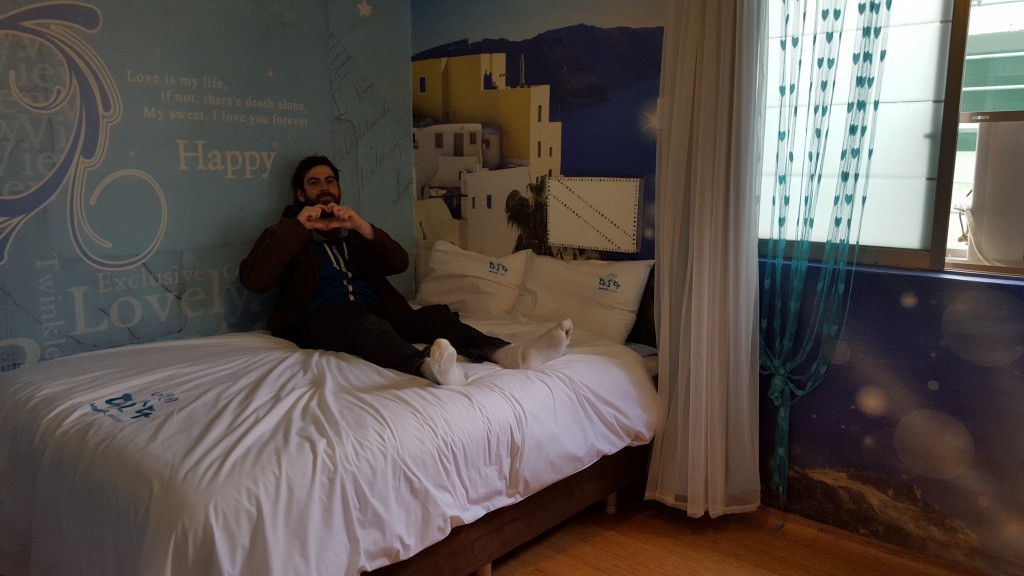
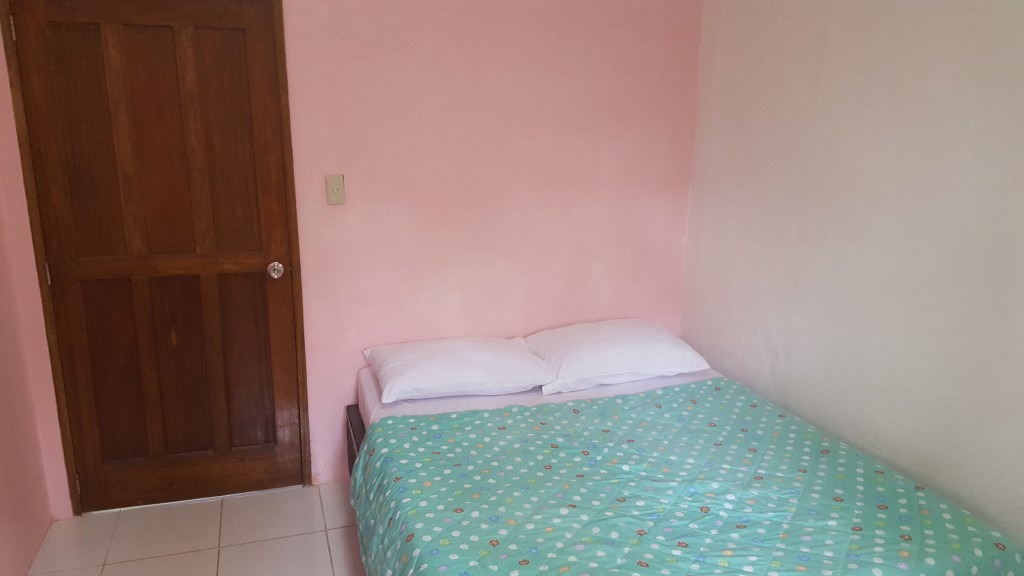
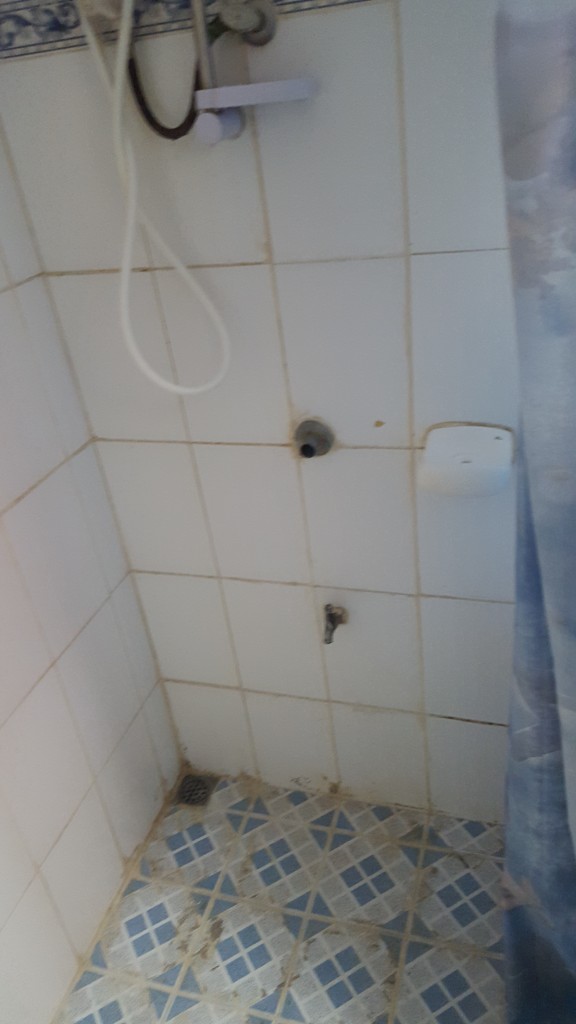

Leave a reply